The William J. Hybl Sports Medicine and Performance Center
RTA Architects partnered with HOK to develop a design for the University of Colorado at Colorado Springs’ William J. Hybl Sports Medicine and Performance Center in Colorado Springs, Colorado.
The Hybl Center is a partnership between UCCS and Penrose-St. Francis Health Services/Centura Health. The facility integrates medical care, research, performance, instruction, and patient education into a 104,634 SF state-of-the-art center. It provides a unique multidisciplinary academic environment, with education and research opportunities for both undergraduate and graduate students, that combines academic instruction and clinical practice. The Hybl Center is now home to three centers of distinction serving unique populations with extraordinary needs:
• The Center for Tactical and Occupational Performance
• The Center for Athletes and Active Individuals with Physical Disabilities
• The Center for Health and Performance in Extreme EnvironmentsThe program document and design for this high-profile project were developed in close collaboration with project stakeholders including Penrose-St. Francis and Centura Health staff and UCCS performance research faculty. A primary goal of the design was to promote collaborative interaction among staff, students, researchers, physicians, and faculty. Sustainability was also a focus of the design, and the facility is pursuing LEED Gold certification.
Almost half of the building square footage is set aside for medical care, physical therapy and rehab, and sports performance training. The rest is used for an anatomy/physio lab, research labs, lecture halls, a nutrition lab, and classrooms as well as administrative space for faculty and staff. The new facility serves up to 1,400 students per day and includes office space for 45 faculty.
Students, faculty, clinicians, doctors, patients, and athletes have access to a collection of specialized equipment rarely found in a single facility including:
• An altitude chamber that allows users to train at a range of altitudes, from a sea level atmosphere to high-altitude mountain environments.
• A nutrition lab and kitchen that optimizes the fuel needed for athletes of all skills and abilities.
• A biomechanics lab for enhanced study of movement.
• Specialized equipment that allows athletes with physical disabilities and tactical athletes like firefighters and police officers to train.
• An environmental chamber that modulates oxygen, humidity and temperature to mimic the climates of specific destinations and the impact on an athlete’s performance.
• Training spaces with operable exterior wall panels to connect indoor and outdoor areas.
Design: RTA Architects and HOK
Contractor: JE Dunn
Photography: Frank Ooms


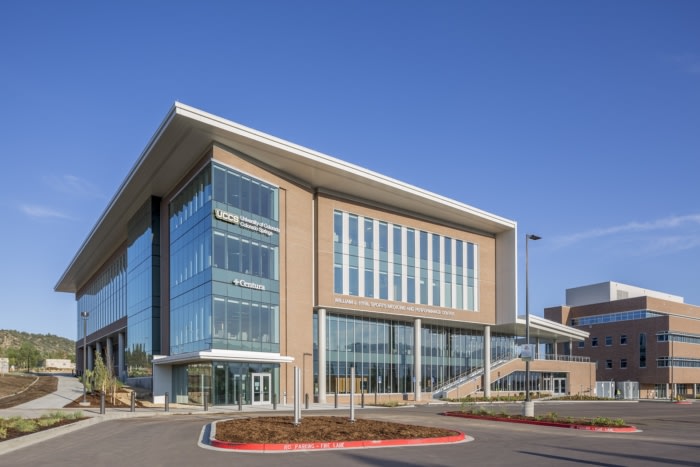
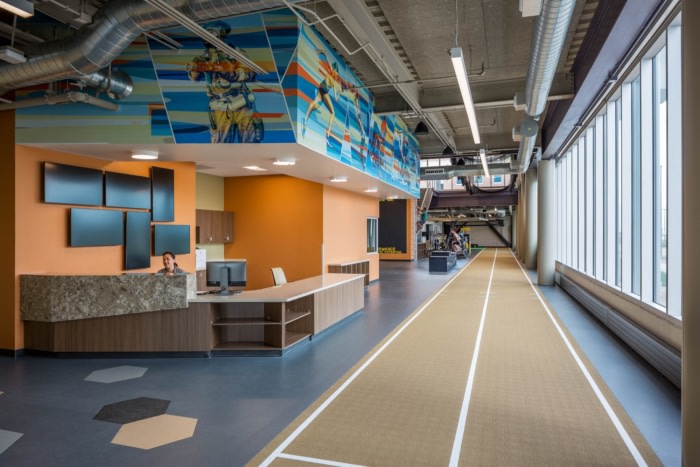


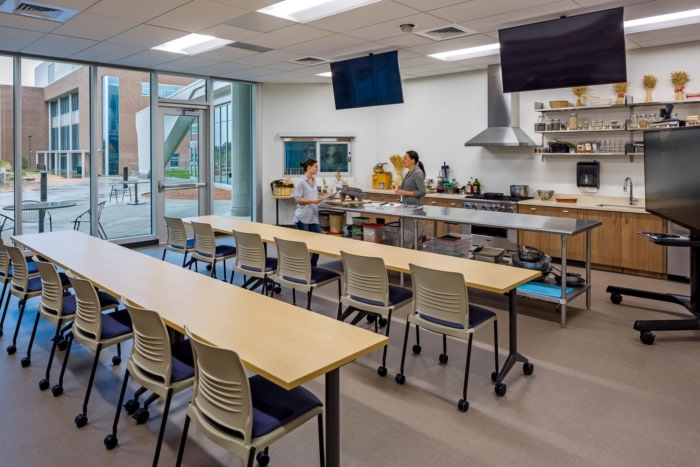
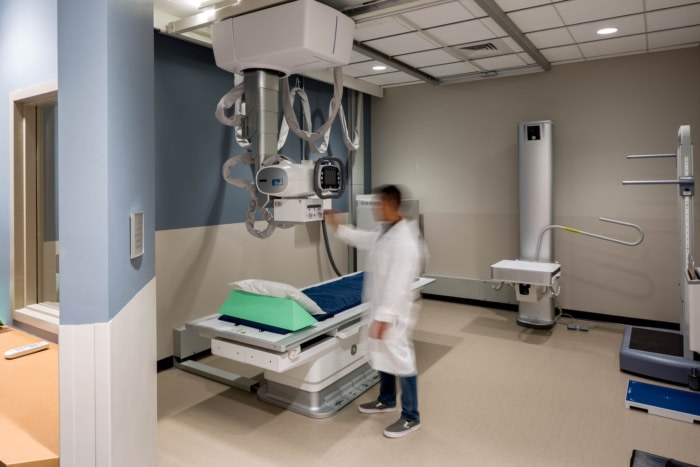
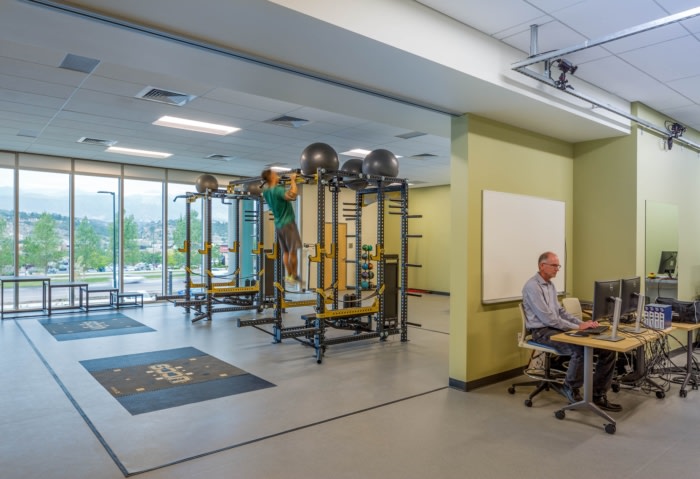
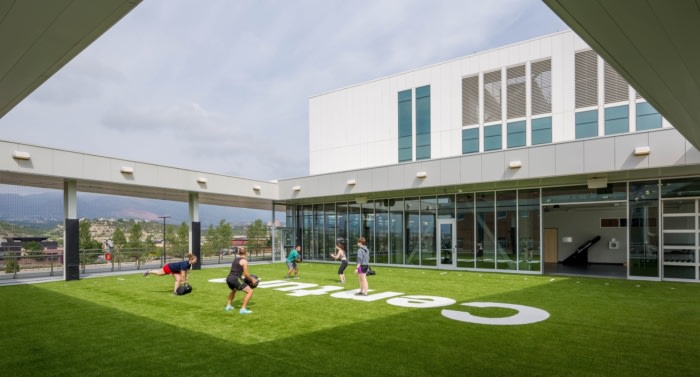


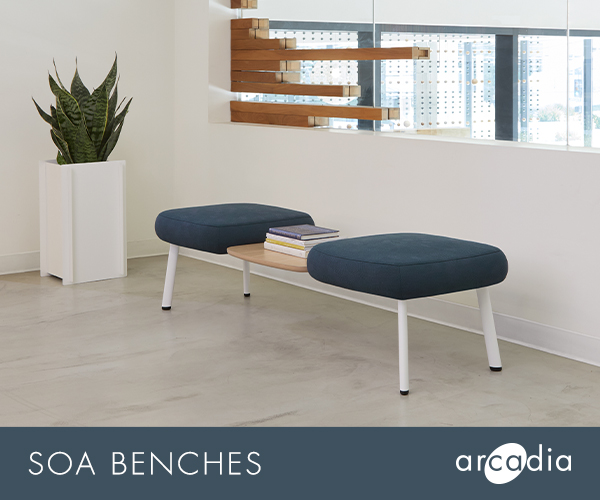

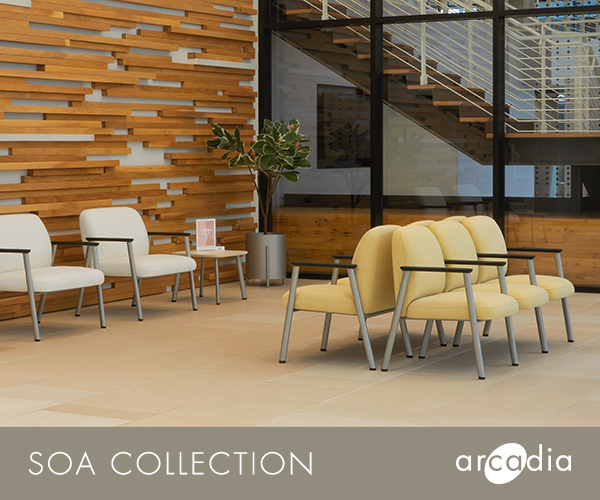






Now editing content for LinkedIn.